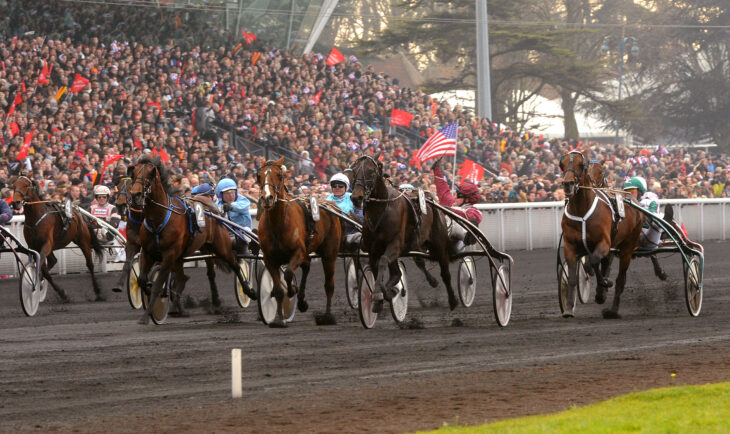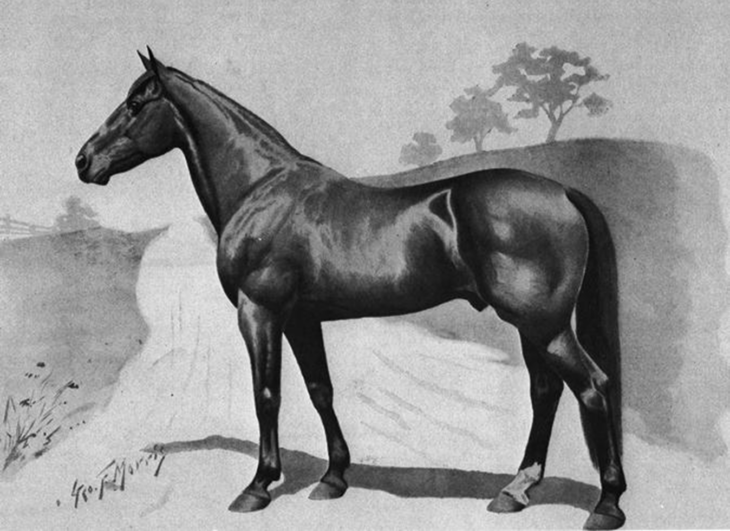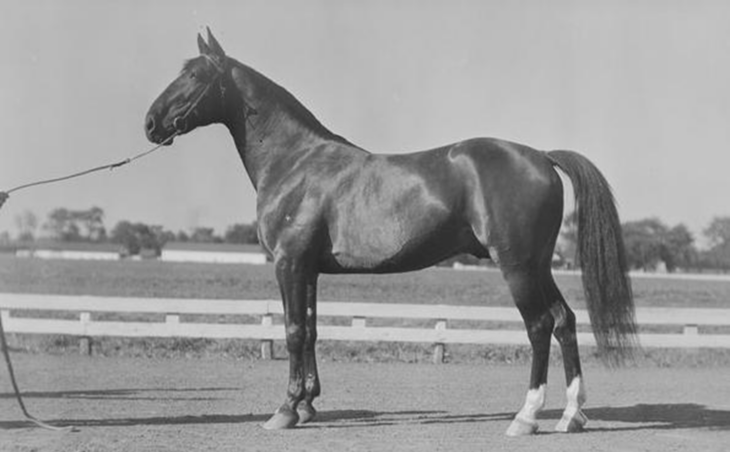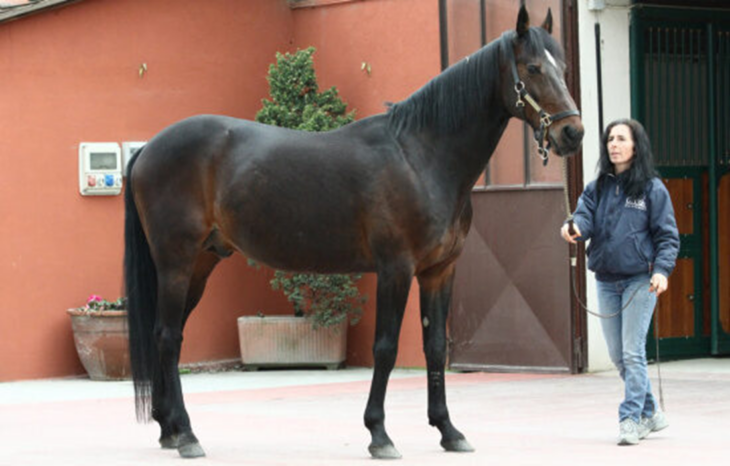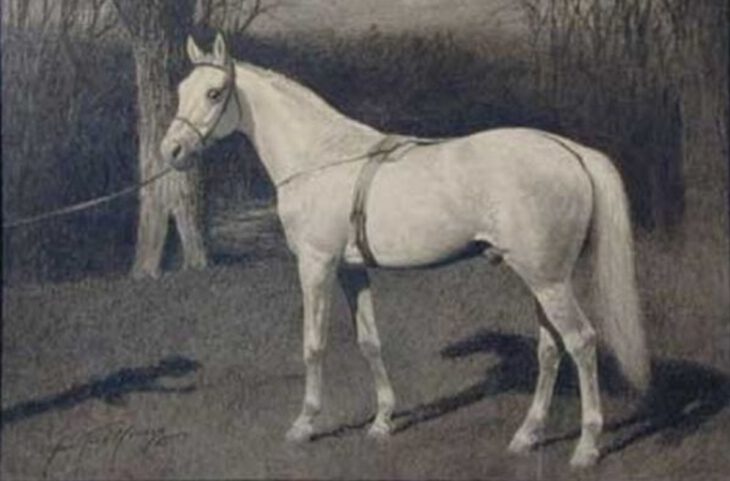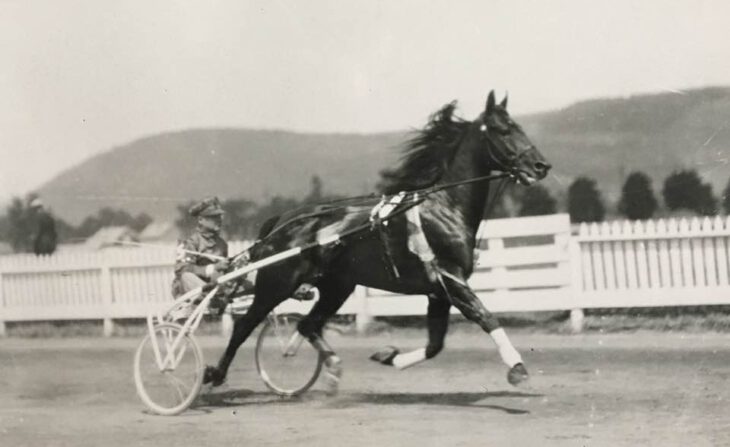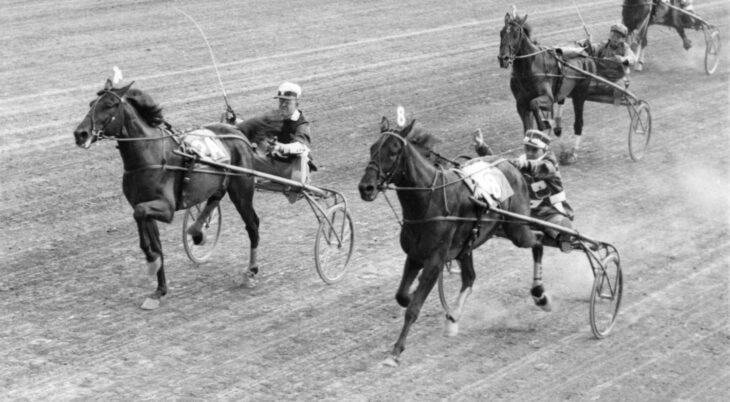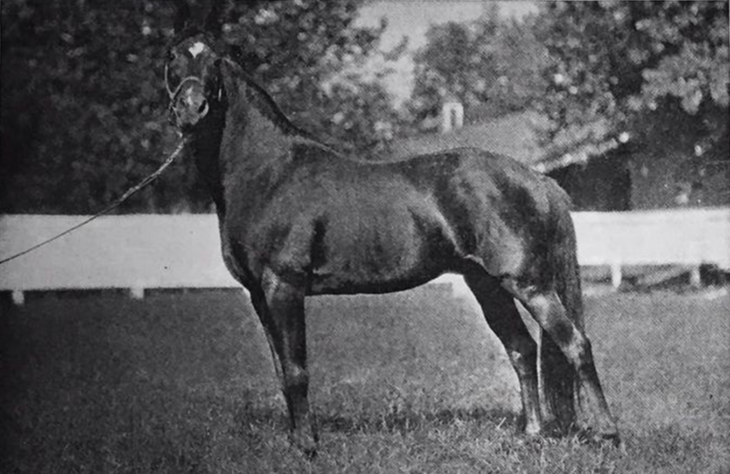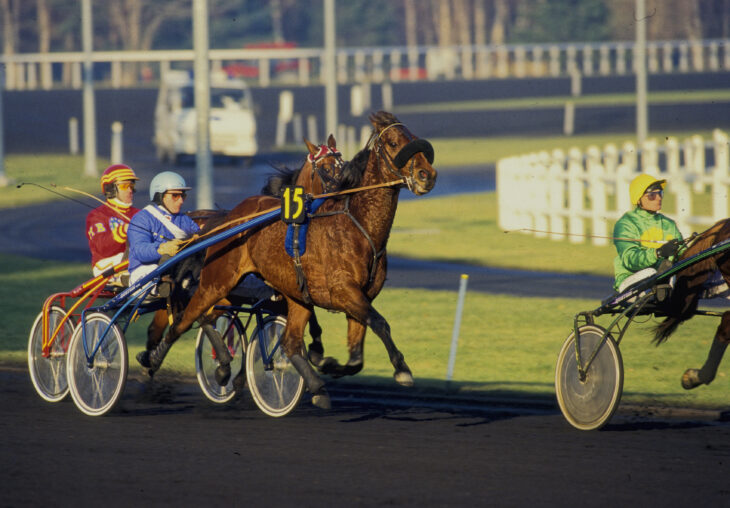He was a war foal who rose to the top of the French elite in the 1920. The first and only horse to be disqualified from a win in the Prix d’Amerique, Passeport was a tremendous trotter who was just as outstanding at stud.
Read MoreElite stallions
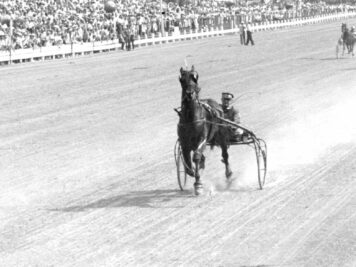
The Hambletonian sire
A rugged black colt, Hoot Mon became known as the Hambletonian winner who sired four winners of the same race, earning him...
Read More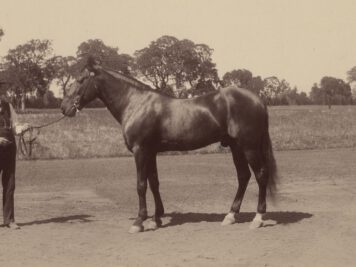
The stallion sensation
He was broken, but never trained for a single race. When Electioneer was bought at 8 for a huge sum he had nothing to show for...
Read More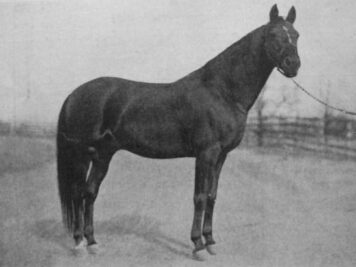
The foundation stallion
He is a Hall of Fame sire and one of the initial stallions at Hanover Shoe Farms, who owned 31 broodmares by him upon his death...
Read More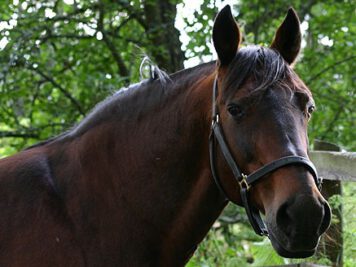
The mythical kick
When Juhani Lagerstam started the Laukko trotting stud farm at Vesilahti in Finland he needed a few stallions to use on his many...
Read More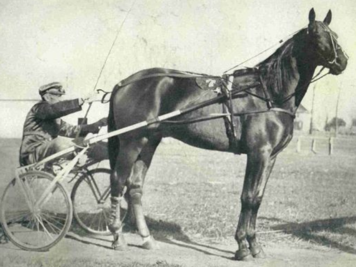
The secret daddy
The expression “Who’s your daddy?” is often used as a claim of dominance. In the case of the 1938 foals of Gäel, a champion...
Read More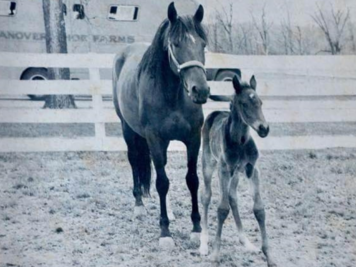
The stateless horse
You have horses with great pedigrees, then you have those really blue-blooded horses … and then there is Florestan. Despite being...
Read MoreHe was one of the best trotters the world has seen and went on to become an even better stallion before he died too soon. The story of Ready Cash is a fascinating tale of coincidences, but most of all the story of one of the most legendary trotters ever.
Read MoreIt’s a story full improbable twists, cruel treatment and bizarre facts. What ended up as Hambletonian’s possibly greatest son at stud was in fact an alcoholic and named for the shadiest of writers who “reviewed” brothels in the name of journalism… It is said that cream always rises to the top. George Wilkes, the stallion who changed how trotters moved their hind legs and the paternal great-grandsire of Axworthy, started at the bottom but rose to the top.
Read MoreHis whole life is spectacular. He was the best trotter in his generation, even though his trainer was skeptical and at 2 felt the horse should be gelded and turned out. His stallion performance was equally fantastic and the events surrounding his death has become the stuff of legends.
Read MoreBy many considered to be the best trotter in history, he was so popular that his name was even put forward as Foreign Minister of Italy at some point. Though he may have been the greatest trotter of all time, even after his career had started several people doubted that Varenne would amount to much on the track. He would prove them woefully wrong, however, and took both his young Finnish trainer and young Italian driver on a spectacular journey.
Read MoreHe is often thought of as a backwater stallion who fluked one great son despite being a lame horse not good enough to race. However, nothing could be further from the truth when it comes to Pilot Medium, who was one of the best American sires toward the end of the 19th century.
Read MoreHe may just be the American horse imported to Europe who has left the biggest and most impressive stamp on trotting history. He was dominant on the track and despite relatively few foals left a lasting legacy. There was only one drawback with Sam Williams: he didn’t like the hill at Vincennes. That is a minor thing in the big picture, though, considering his massive influence on European trotting.
Read MoreA very good trotter and world champion, he was initially deemed not good to stand stud at Hanover Shoe Farms and sold to Europe. When his Italian buy failed to pay, Star’s Pride was given a small opportunity at stud at the famed nursey. Despite the lack of confidence and not being given the best mares, the colt immdiately showed himself as a spectacular stallion – maybe the best in history.
Read MoreStruggling to stay sound, he made just a few starts in his career but impressed mightly both by his capacity and his physique. Guy Axworthy then went on to get revenge at stud by becoming one of the first superstar stallions.
Read MoreWhen the French studbook was briefly opened between 1987 and 1992, conservative French breeders generally nixed the opportunity to breed their mares to foreign sires. Some even went as far as claiming they “didn’t want to plant weed in their garden”, saying in no unclear terms that the American standardbred had absolutely nothing to offer the French trotter whose studbook had been closed since 1937 and only opened for five foreign-born stallions and a few other exceptions. Despite what the naysayers claimed, though, opening up the studbook took French trotting to a completely new level – and the best example of this is Coktail Jet.
Read More

